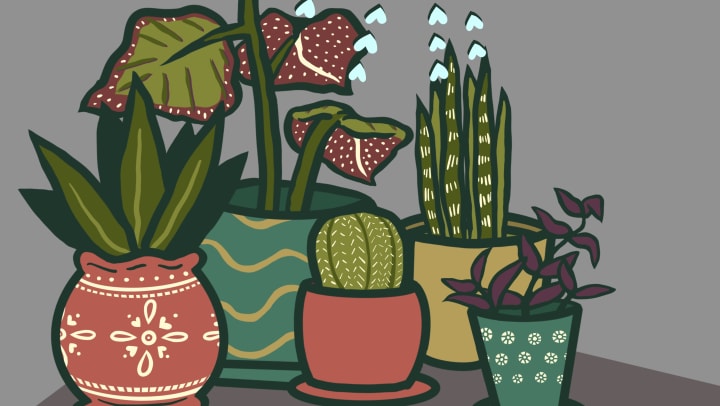Indoor plants have become more than just decorations; they're a breath of fresh air, quite literally. These green companions not only add a touch of nature to your indoor spaces but also offer numerous health benefits. However, to enjoy the lush beauty of indoor plants, it's crucial to provide them with the proper care they deserve. In this blog, we'll explore five essential tips for indoor plant care that will help you keep your green friends thriving.
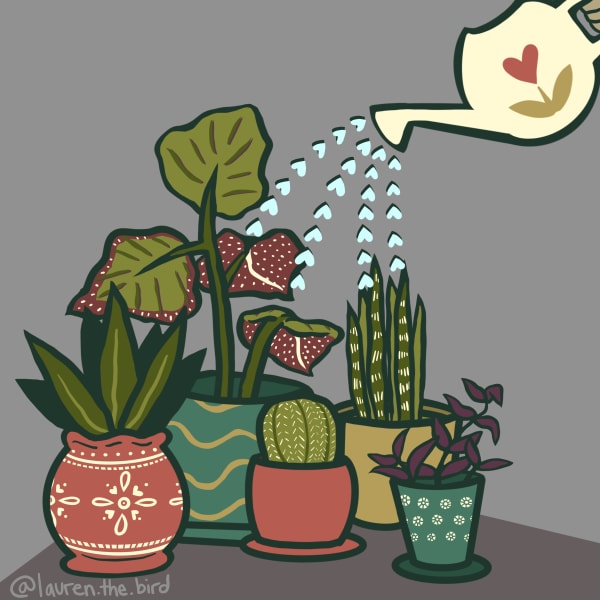
Choose the Right Plant for Your Space
The first step in successful indoor plant care is selecting the right plants for your environment. Factors like lighting, humidity, and available space play a significant role in determining which plants will thrive. Here are some common categories of indoor plants and their respective requirements:
a. Low-light plants: These are perfect for spaces with minimal natural light, such as offices or north-facing rooms. Examples include snake plants, pothos, and peace lilies.
b. Medium-light plants: These plants need indirect sunlight and can tolerate moderate levels of light. Some popular options are spider plants, philodendrons, and rubber plants.
c. High-light plants: These plants require bright, direct sunlight for a significant portion of the day. Succulents, cacti, and many flowering plants fall into this category.
Before bringing a plant home, research its specific needs and ensure they align with your space's conditions.
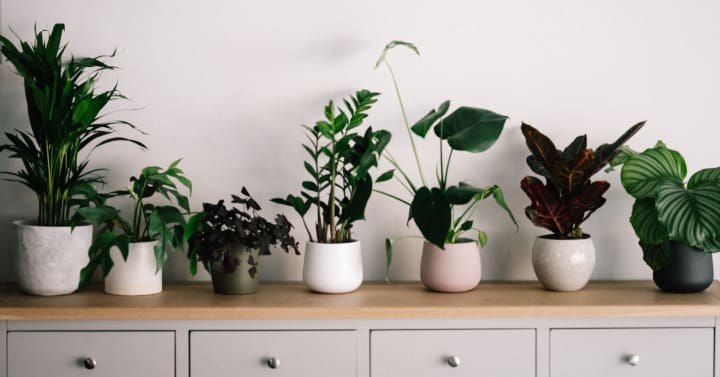
Provide Proper Watering
Over watering is a common mistake that can lead to the demise of many indoor plants. Each type of plant has its watering requirements, but some general tips include:
a. Allow the top inch or two of soil to dry out before watering.
b. Use a well-draining potting mix to prevent waterlogged roots.
c. Water thoroughly but avoid leaving your plant sitting in a saucer of stagnant water.
d. Be mindful of seasonal changes; plants often need less water during the winter months.

Maintain Proper Humidity
Indoor environments often have lower humidity levels than what many plants naturally prefer. To create a more favorable environment for your indoor plants:
a. Group plants together: This can help create a microclimate with higher humidity around your plants.
b. Use a humidity tray: Place a tray filled with water and pebbles near your plants to increase local humidity.
c. Mist your plants occasionally: A light misting of water can help boost humidity levels, but avoid overdoing it, as some plants are sensitive to excess moisture.
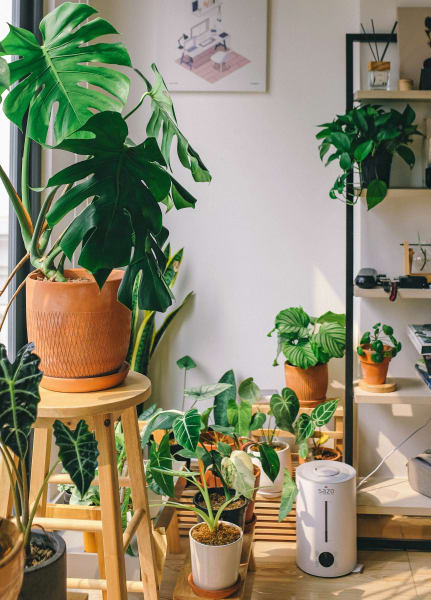
Pruning and Maintenance
Regular maintenance is crucial to keep your indoor plants healthy and looking their best. This includes:
a. Pruning: Trim dead or yellowing leaves to encourage new growth and maintain the plant's shape.
b. Dusting: Wipe the leaves gently with a damp cloth to remove dust and ensure optimal light absorption.
c. Re-potting: As plants grow, they may become root-bound. Repot them into a slightly larger container to give their roots room to expand.
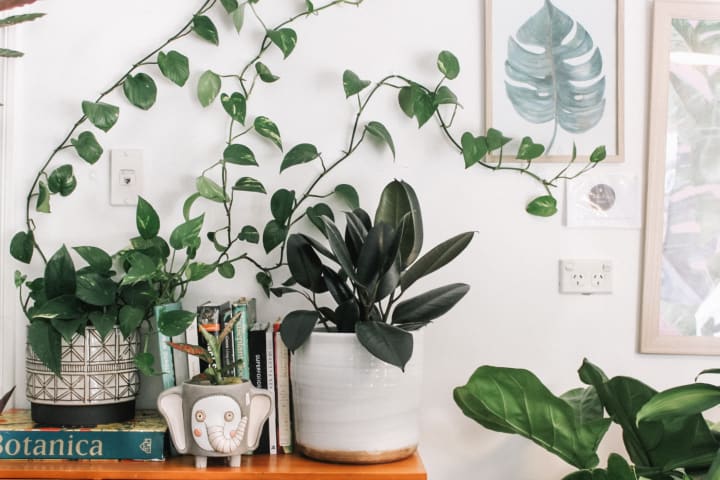
Monitor for Pests and Diseases
Even indoor plants can fall victim to pests and diseases. Keep an eye out for common issues like spider mites, aphids, and mealybugs. If you notice any problems, treat them promptly with natural remedies or insecticidal soap to prevent the issue from spreading.
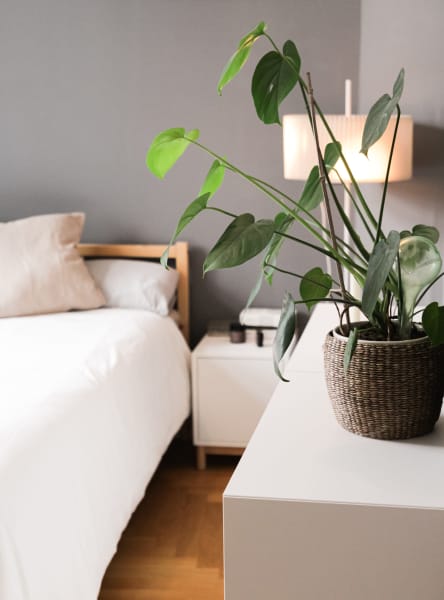
Caring for indoor plants can be a rewarding and enjoyable experience, bringing the beauty of the outdoors into your home. By following these five essential tips for indoor plant care – choosing the right plants, proper watering, maintaining humidity, regular maintenance, and monitoring for pests and diseases – you'll create an ideal environment for your green companions to flourish. With a little attention and care, your indoor plants will thrive and continue to enhance your living space for years to come. Happy gardening!
